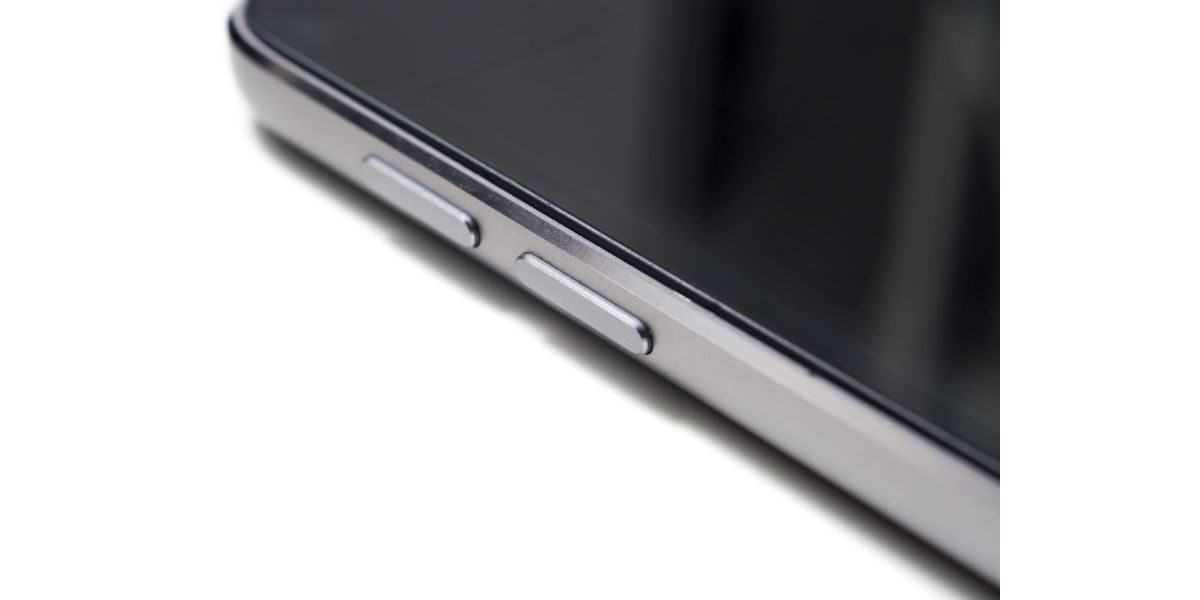Disclaimer: This post may contain affiliate links, meaning we get a small commission if you make a purchase through our links, at no cost to you. For more information, please visit our Disclaimer Page.
First and foremost, there is a difference between silencing phone calls and silencing phone calls. The former is active, present tense, and can only be caused by something you’ve done in the Settings. The latter is caused by a wide variety of scenarios.
If your iPhone is silencing your calls, you’ve probably done something with the Settings, such as activating Focus. If your phone calls are silenced, it could mean you are connected to a Bluetooth device, your Silent Mode switch is on, or you simply have the volume all the way down.
The iPhone is no different than most other smartphones regarding silencing calls. All phones have a wide variety of scenarios and a Setting or two that will do just that. If an iPhone is doing it on its own, you’re dealing with a glitch or your iPhone is now self-aware, and it’s time for a trade-in.

Table of Contents
1. Focus Mode
We’ll cover both scenarios here, whether something is going outward or you’re dealing with something in the Settings menu.
Apple is always updating its iPhones and some of the new stuff they’ve added over the years can seem a bit complicated at first, especially if you’re upgrading or switching to a new iPhone.
Formerly known as “Do Not Disturb,” Focus Mode is a much larger setting that incorporates the original Do Not Disturb. You can access Focus by swiping down from the top, right-hand corner of the screen or by going to the Settings menu.
Activating Focus Mode does a number of things:
- Do Not Disturb
- Personal
- Work
- Share Across Devices
- Focus Status
The first three options are scenario-specific, while the fourth option shares your current Focus status with all the devices on your network and those you choose. The Focus Status option toggles it on or off.
Each of the first three provides you with a calendar and a time setup option for a 24-hour period and a choice of all 7 days. To access the Focus menu, simply open your Settings and scroll down to Focus.
Once you select Focus, you must either turn off the Focus Status or go into each mode and determine if anything is turned on. You can also deactivate Focus by swiping down to access the quick Control Panel and touching the Focus Button.
2. Silent Mode Switch and Volume Buttons
The Silent Mode switch is brilliant in its simplicity and immediate efficiency. However, the fact that it’s long been located on the left, upper side of the phone, easy to accidentally flip, is a point of contention with many iPhone users. It’s so easy to accidentally switch it off without realizing it.
Fortunately, it’s a simple fix. Switch it back on and you’ll see the ring volume bar pop up on your screen. The bar will tell you where your ringer volume is currently at and you can adjust it quickly and easily.
Since the volume buttons are also on the side, it’s easy to accidentally turn the ringer volume down. To fix it, go to your Home screen and press the “Up” volume to the desired level.
3. Your iPhone is Connected to a Bluetooth Device
If your iPhone is connected to a Bluetooth audio device, all incoming call audio is diverted to that device. Your iPhone can ring all day and unless you have your headphones in your ears, you will never hear it.
This is a common mistake because people take their headphones out of their ears for all kinds of reasons, without putting them back in their case. All you need to do to fix it is disconnect the Bluetooth device or put them back in their case.

4. Volume Slider
There is a hidden feature that adjusts the volume of the ringer, separate from the physical volume buttons on the side of the iPhone. While this won’t normally reduce the volume of the ringer to zero, it can reduce it so much that you can’t hear it.
- Go to the Home Screen and locate Settings
- Scroll down to Sounds & Haptics
- Turn off “Change with Buttons” (if you keep accidentally turning the volume down with the physical buttons)
- Adjust the Ringtone and Alert Volume slider to an acceptable level
- Choose a louder Ringtone option below the slider
Keep in mind that the Ringtone and Alert Volume slider in this menu is separate from the physical volume buttons on the side of the phone but does the same thing. If you turn the volume down on the slider, it doesn’t matter what you did with the physical buttons earlier.
5. Reset Your iPhone
If you’ve checked all of your settings and made sure that your volume slider is up, the Silent Mode switch is off, and the virtual volume slider is up, that should ensure that your iPhone is plenty loud when you have an incoming call.
However, if none of these things worked, you should do a soft reset of your iPhone.
iOS 16 and Later
- Press the Volume Up Button and quickly release it
- Press the Volume Down Button and quickly release it
- Press and hold the Side Button
- When you see the Apple Logo, release the side button
iOS 15 and Earlier
- Press and hold the Volume Down and the Side buttons simultaneously
- When you see the Apple Logo, release both of them
- Press and hold the Home Button and the Side or Top Buttons at the same time
- Once you see the Apple Logo, release the buttons
A soft reset is a good way of clearing up any glitches in the software and solves a lot of problems most of the time.
Final Thoughts on iPhone Silencing Calls
Most issues with iPhone silencing calls come from tweaking things in the Settings menu, accidentally switching on the Silent Mode button, or adjusting the volume down buttons on accident.
In a worst-case scenario, you can do a soft reset to bring your iPhone back in line. Fortunately, these are simple fixes and any situation where your phone calls are silenced will be fixed. Here’s to hoping Apple relocates the excellent but poorly positioned Silent Mode switch.
